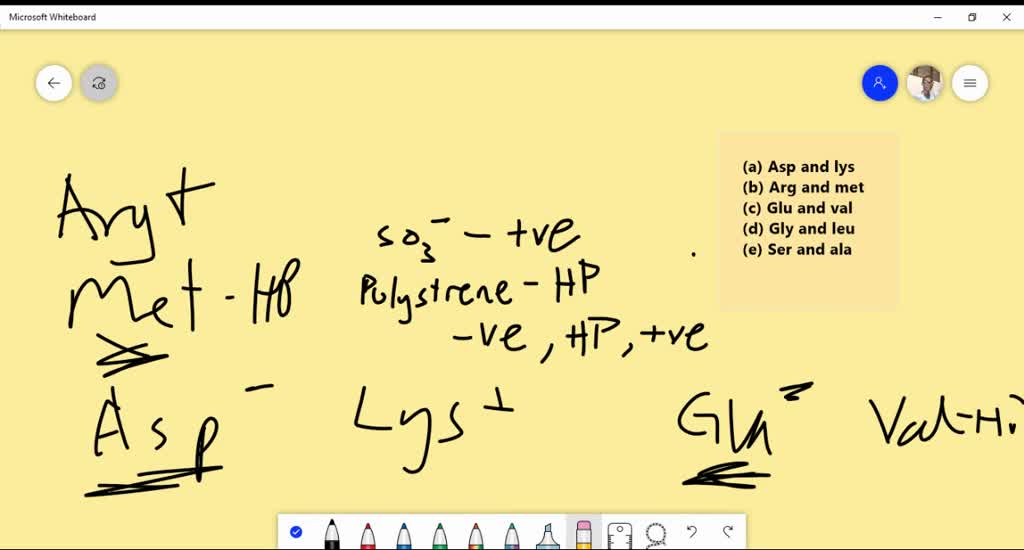

For comparison, the sum of the dihedral angles for a 3 10 helix is roughly −75°, whereas that for the π-helix is roughly −130°. As a consequence, α-helical dihedral angles, in general, fall on a diagonal stripe on the Ramachandran diagram (of slope −1), ranging from (−90°, −15°) to (−35°, −70°).

In more general terms, they adopt dihedral angles such that the ψ dihedral angle of one residue and the φ dihedral angle of the next residue sum to roughly −105°. Residues in α-helices typically adopt backbone ( φ, ψ) dihedral angles around (−60°, −45°), as shown in the image at right. Ramachandran plot ( φ, ψ plot), with data points for α-helical residues forming a dense diagonal cluster below and left of center, around the global energy minimum for backbone conformation. The α-helices can be identified in protein structure using several computational methods, one of which is DSSP (Define Secondary Structure of Protein). Official international nomenclature specifies two ways of defining α-helices, rule 6.2 in terms of repeating φ, ψ torsion angles (see below) and rule 6.3 in terms of the combined pattern of pitch and hydrogen bonding. What is most important is that the N-H group of an amino acid forms a hydrogen bond with the C=O group of the amino acid four residues earlier this repeated i + 4 → i hydrogen bonding is the most prominent characteristic of an α-helix. The pitch of the alpha-helix (the vertical distance between consecutive turns of the helix) is 5.4 Å (0.54 nm), which is the product of 1.5 and 3.6. Short pieces of left-handed helix sometimes occur with a large content of achiral glycine amino acids, but are unfavorable for the other normal, biological L-amino acids. Dunitz describes how Pauling's first article on the theme in fact shows a left-handed helix, the enantiomer of the true structure. The amino acids in an α-helix are arranged in a right-handed helical structure where each amino acid residue corresponds to a 100° turn in the helix (i.e., the helix has 3.6 residues per turn), and a translation of 1.5 Å (0.15 nm) along the helical axis. In 1954, Pauling was awarded his first Nobel Prize "for his research into the nature of the chemical bond and its application to the elucidation of the structure of complex substances" (such as proteins), prominently including the structure of the α-helix. Pauling then worked with Corey and Branson to confirm his model before publication. After a few attempts, he produced a model with physically plausible hydrogen bonds. Being bored, he drew a polypeptide chain of roughly correct dimensions on a strip of paper and folded it into a helix, being careful to maintain the planar peptide bonds. The pivotal moment came in the early spring of 1948, when Pauling caught a cold and went to bed. Two key developments in the modeling of the modern α-helix were: the correct bond geometry, thanks to the crystal structure determinations of amino acids and peptides and Pauling's prediction of planar peptide bonds and his relinquishing of the assumption of an integral number of residues per turn of the helix. Taylor, Maurice Huggins and Bragg and collaborators to propose models of keratin that somewhat resemble the modern α-helix. Neurath's paper and Astbury's data inspired H. Hans Neurath was the first to show that Astbury's models could not be correct in detail, because they involved clashes of atoms.


 0 kommentar(er)
0 kommentar(er)
